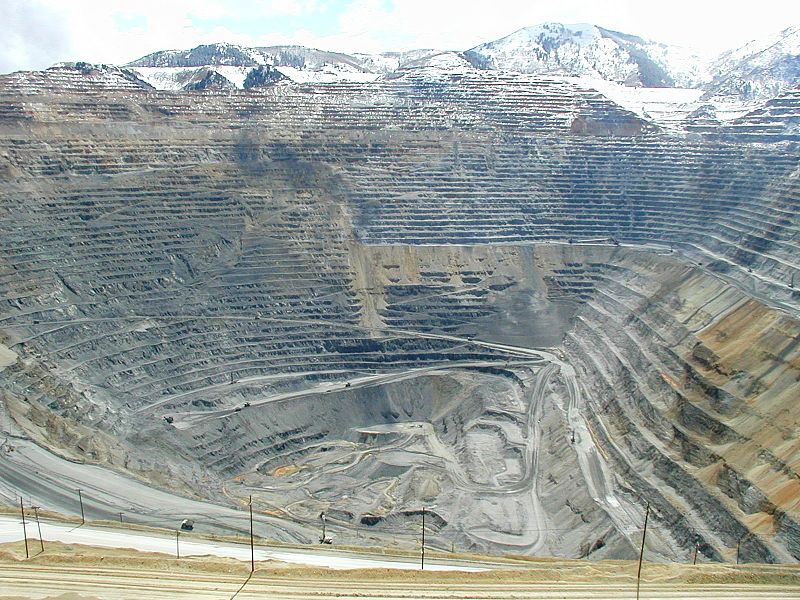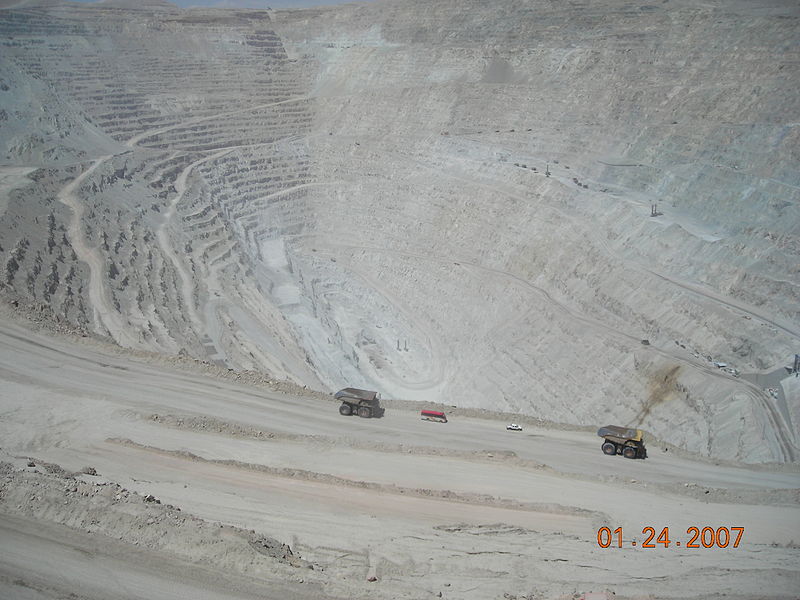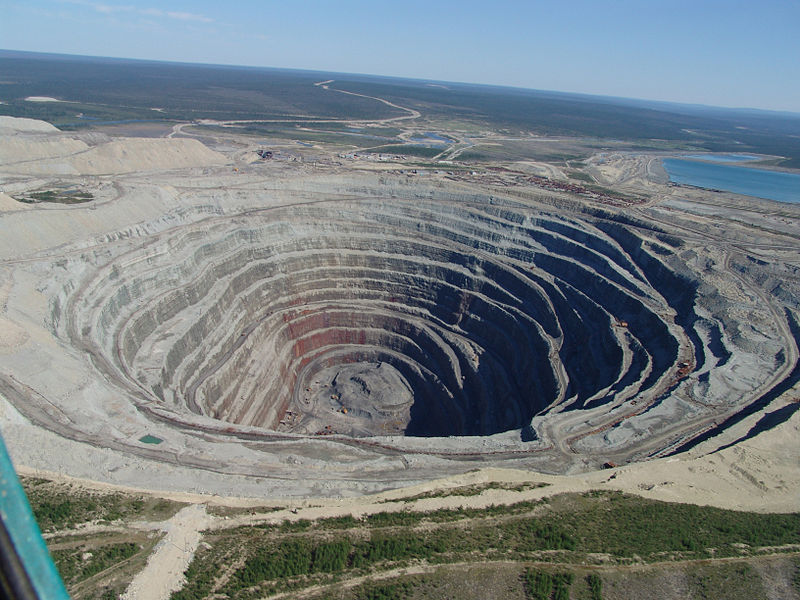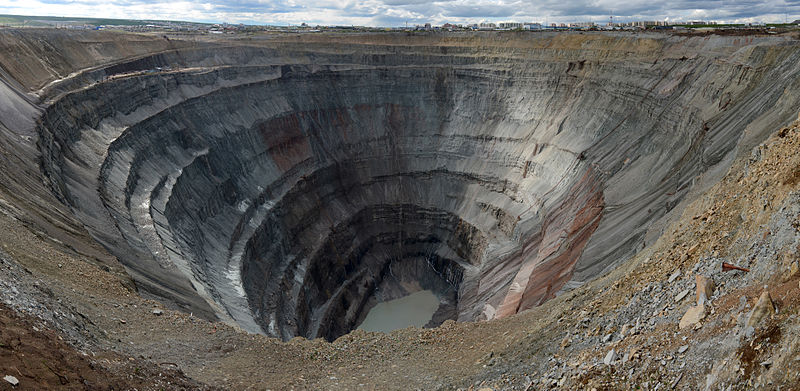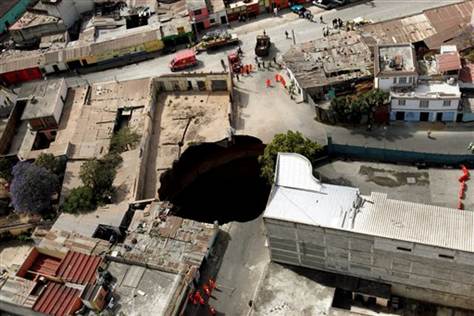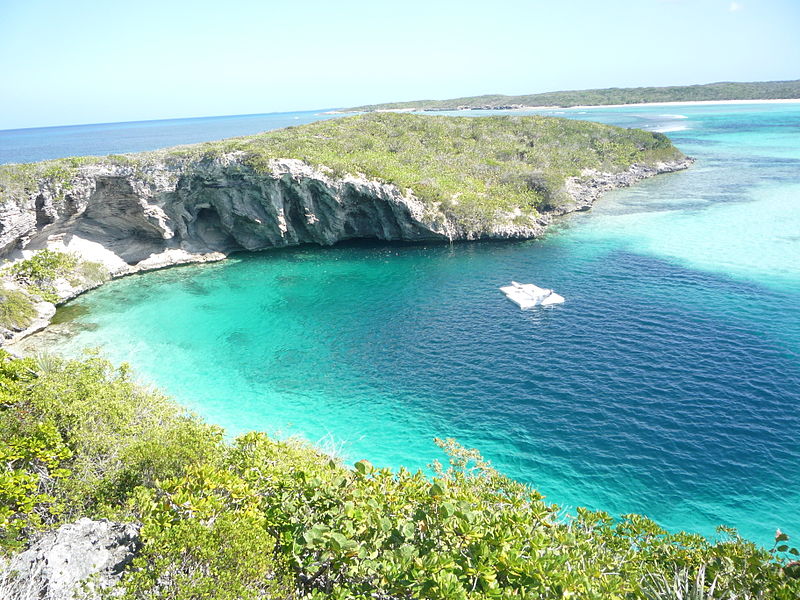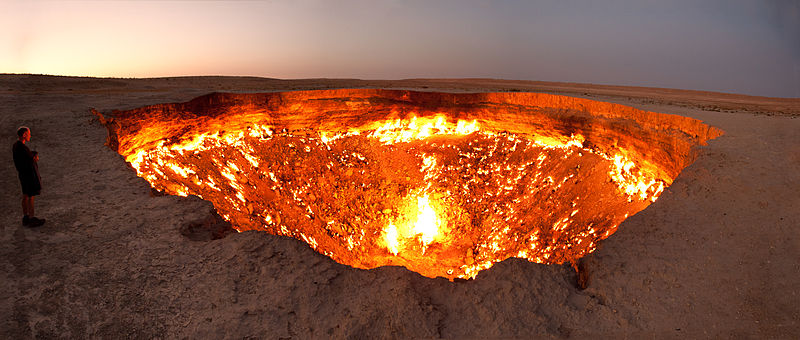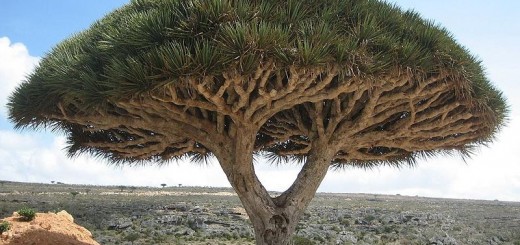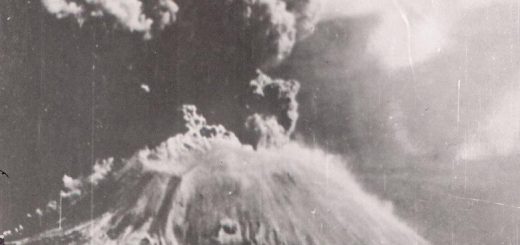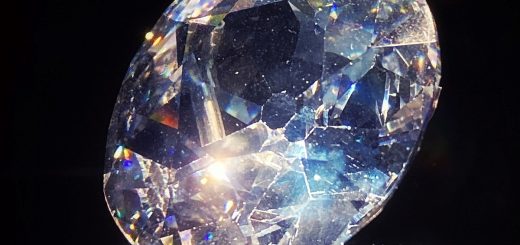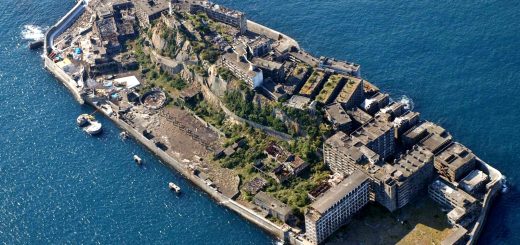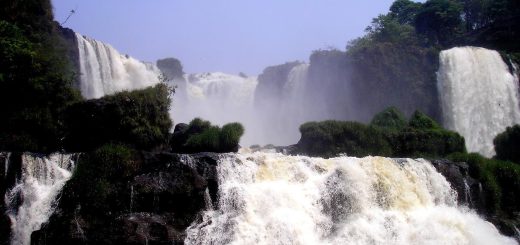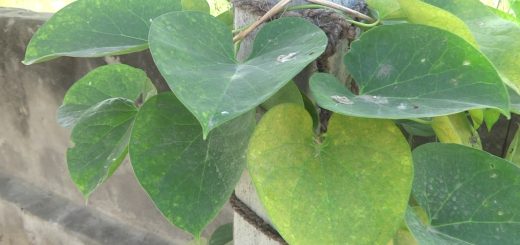Top 10 World Biggest Holes On Earth
1) Bingham Canyon Mine – Utah
The Bingham Canyon Mine is an open-pit mining operation extracting a large porphyry copper deposit southwest of Salt Lake City, Utah, USA, in the Oquirrh Mountains. The mine has been in production since 1906, and has resulted in the creation of a pit over 0.6 miles deep, 2.5 miles wide, and covering 1,900 acres . Bingham Canyon Mine is the world’s largest man made excavation.
2) Chuquicamata – World Second Deepest copper Mine Chile
Chuquicamata, by its excavated volume is the biggest open pit copper mine in the world, located in the north of Chile, just outside of Calama. Its depth of 850 metres (2,790 ft) makes it the second deepest open-pit mine in the world.
3) Udachnaya Pipe – Russia
The Udachnaya pipe is an open-pit mine, located just outside the Arctic circle, Russia. It was discovered on June 15, 1955, just two days after the discovery of the diamond pipe Mir by Soviet geologist Vladimir Shchukin and his team. It is more than 600 metres deep, making it the third deepest open-pit mine in the world after Bingham Canyon Mine and Chuquicamata. The mine has estimated reserves of 225.8 million carats of diamonds and an annual production capacity of 10.4 million carats.
4) Mirny mine – World Second Largest Diamond Mine Siberia
Mirny mine is a former open pit diamond mine located in Mirny, Eastern Siberia, Russia. This mine is 525 meters deep which made it 4th Deepest mine in the world with a diameter of 1,200 meter and is the second largest excavated hole in the world, after Bingham Canyon Mine. Now this Diamond mine is inactive, while it was operational it was taking two hours for trucks to drive from the top to the bottom of the mine.
5) Great Blue Hole – Belize
The Great Blue Hole is a large submarine sinkhole off the coast of Belize. It lies near the center of Lighthouse Reef, a small atoll 70 km from the mainland and Belize City. The hole is circular in shape, over 300 m across and 124 m deep. It was formed during several episodes of quaternary glaciation when sea levels were much lower. As the ocean began to rise again, the cave was flooded. The Great Blue Hole is a part of the larger Belize Barrier Reef Reserve System, a World Heritage Site of the United Nations Educational, Scientific and Cultural Organization (UNESCO).
6) Kimberley Diamond Mine – South Africa
Kimberley Mine also called ” Big Hole” is an open-pit and underground diamond mine in Kimberley, South Africa. It is claimed to be the largest excavated hole by hand in the world, although this claim is disputed.
The Big Hole has a surface of 17 hectares and is 463 metres wide. It was excavated to a depth of 240 metres , but then partially infilled with debris reducing its depth to about 215 metres. Since then it has accumulated about 40 metres of water, leaving 175 metres of the hole visible.
7) Sinkhole – Guatemala
The 2007 Guatemala City sinkhole is a 100-metre deep sinkhole which formed in Guatemala City in 2007, due to sewage pipe ruptures. Its collapse caused the deaths of five people, and the evacuation of over a thousand. Several rainstorms also contributed to the sinkhole’s collapse, as stormwater percolated into the ground, further dissolving the rocks beneath Guatemala City. Citizens of Guatemala City near the sinkhole also reported hearing rumblings a few weeks before its collapse. The hole was later filled in with soil cement made from cement, limestone, and water known locally as lodocreto. $2.7 million was spent by the Guatemalan government in order to fill the sinkhole and to redirect sewage pipes around the area.
8) Harwood Hole, New Zealand
Harwood Hole is New Zealand’s deepest vertical shaft. The long rope descent is considered one of the most spectacular parts of the caving experience at Harwood’s. Harwood’s Hole has an overall depth of 357 m. It is the deepest explored cave in New Zealand.
9) Dean’s Blue Hole – The Bahamas
Dean’s Blue Hole is the world’s deepest known salt water blue hole with an entrance below the sea level. It plunges 202 metres in a bay west of Clarence Town on Long Island, Bahamas.
Dean’s Blue Hole is roughly circular at the surface, with a diameter ranging from 25 to 35 metres. After descending 20 metres , the hole widens considerably into a cavern with a diameter of 100 metres .
10) Darvaza Gas Crater – Turkmenistan
Darvaza Gas Crater is the largest gas crater in the world situated near the Derweze village, in the middle of the Karakum Desert, which has a diameter of 70 metres . The hot spots range over an area with a width of 60 metres (200 ft) and to a depth of about 20 metres (66 ft).
This site was identified by Soviet engineers in 1971, they started drilling operations to assess the quantity of gas reserve available at the site. As the Soviets were pleased with the success of finding the gas resources, they started storing the gas. The ground beneath the drilling rig and camp collapsed into a wide crater and disappeared. No lives were lost in the incident.
Fearing from the release of poisonous gases from the cavern, the engineers decided to burn the gas off. They believed that it would be safer to burn it than to extract it from underground through expensive methods. At that time, expectations were that the gas would burn out within a few weeks, but has continued to burn more than four decades after it was set on fire.
